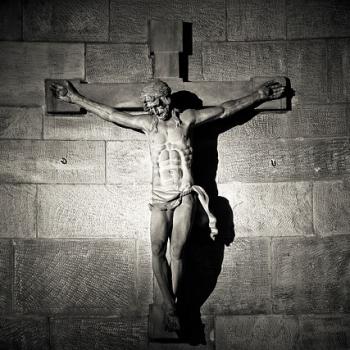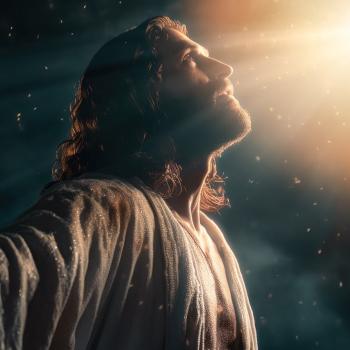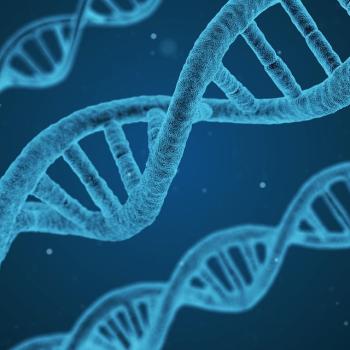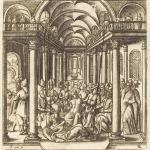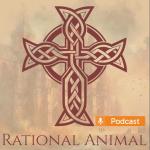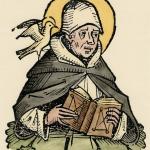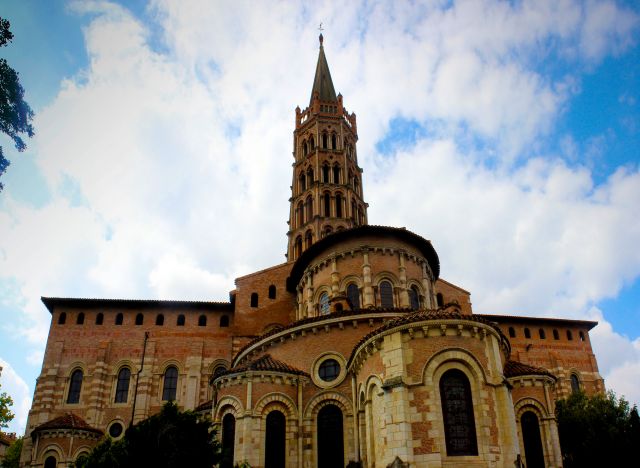
“This is the one Church of Christ which in the Creed is professed as one, holy, catholic and apostolic.” – Lumen Gentium.
How can it be known that the Catholic Church is the one founded by Christ? What aspects of the Church make it unique?
In AD 325, the Roman Emperor Constantine convened the First Council of Nicaea. Among its many accomplishments, the Council of Nicaea developed a creed that would eventually take its name. The Nicene Creed states four marks or characteristics that identify the Catholic Church as the Church founded by Jesus Christ.
The four marks state that the Church is one, holy, catholic, and apostolic. These marks are inseparably and intrinsically linked to each other. Jesus Christ marked the Church with these characteristics, which reflect its essential features and mission. Through the continued guidance of the Holy Spirit, the Church fulfills these marks.
In this paper, I will provide an explanation of each of these marks. I will also show the significance of these marks in understanding the Catholic faith and why, in understanding these marks, we understand it is God alone that created the Catholic Church.
The Church is One.
Jesus established only one Church, which is His bride (Ephesians 5:23-32), and Jesus can have only one spouse, the Catholic Church.
The Catholic Church teaches just one set of doctrines, which is the identical doctrines taught by the apostles (Jude 3). It is this unity of belief that Scripture calls us to (Philippians 1:27, 2:2). Over the centuries, as doctrines are examined more fully, the Church comes to understand them more deeply (John 16:12-13), but it never understands them to mean the opposite of what they once meant.
Ultimately, the Catholic Church is the one body of Christ that unites all its members.
The Church is Holy
The holiness of the Catholic Church is predicated upon the fact that it was founded by the Holy Trinity of God, Who is the source of all holiness.
Holiness remains present in the Church owing to the real presence of Jesus in her sacraments (See Dogmatic Constitution on the Church, #14). In addition, Mary and the saints exemplify the holiness of the Catholic Church.
The holiness of the Church is transmitted through its teachings and particularly through the sacraments entrusted to the Catholic Church by Jesus. As the presence of Christ sanctifies the Catholic Church, so too, the Church acts to sanctify its members. This sanctification is made manifest through the works of the Church as well as through prayer and worship.
This is not to suggest that every Catholic is or has been holy. However, each Catholic is called to holiness. “Every Catholic must therefore aim at Christian perfection and, each according to his station, play his part, that the Church, which bears in her own body the humility and dying of Jesus, may daily be more purified and renewed, against the day when Christ will present her to Himself in all her glory without spot or wrinkle.” (Second Vatican Council. Decree on Ecumenism, #4).
The Church is Catholic
The Church is also catholic, that is to say, that the Church is universal. In 110AD, Saint Ignatius of Antioch first used the word catholic to describe the Church as universal. (See Letter to the Smyrnaens). This universality is true on several levels.
First, the Church is universal because Christ is present to the Church at all times and in all places. As the Catechism makes clear, the Church possesses the fullness of the faith and the totality of the means of salvation (Catechism Paragraph 868).
Second, the Church is universal because the doctrines and sacraments are undeviating across every Catholic Church in the world. The Church is universal in its mission, as well. For the Church is called to “Make disciples of all the nations” (Matthew 28:19).
The Church is catholic as well in the sense that the Church militant, which is the Church on earth, is united with the Church suffering in Purgatory and with the Church triumphant in Heaven.
The Church is Apostolic
“It was not you who chose me, but I who chose you and appointed you to go and bear fruit that will remain, so that whatever you ask the Father in my name he may give you.” (John 15:16).
The last mark of the Church is that it is apostolic. In order to ensure the transmission of the Gospel message, Christ founded the Church and entrusted His authority to the apostles. In turn, the apostles appointed bishops to succeed them. This line of succession continues to this day with the college of bishops. This succession occurs through the Sacrament of Holy Orders.
The Church is apostolic as well in that the deposit of faith found in both Sacred Scripture and Sacred Tradition was preserved, taught, and handed on by the apostles. It is the duty of the Magisterium, guided by the Holy Spirit, to preserve, teach, defend, and hand on the deposit of faith.
Conclusion
These four marks of the Church – One, Holy, Catholic, and Apostolic– are what distinguishes the Catholic Church from not only other Christian denominations but from other religions.
The Church has but one founder, Jesus Christ, and the Church is one in its doctrines and governance. Furthermore, as God is holy, so is His Church. The Church is catholic in that it alone possesses the fullness of truth across time and place. Finally, the Church is apostolic in that the bishops form an unbroken line of succession to the apostles.
“This is the sole Church of Christ, which in the Creed we profess to be one, holy, catholic, and apostolic. These four characteristics, inseparably linked with each other, indicate essential features of the Church and her mission. The Church does not possess them of herself; it is Christ who, through the Holy Spirit, makes his Church one, holy, catholic, and apostolic, and it is he who calls her to realize each of these qualities.” (Catechism of the Catholic Church, Sections 811-812).
It is the responsibility of every Catholic to make these four marks visible in our daily lives.







